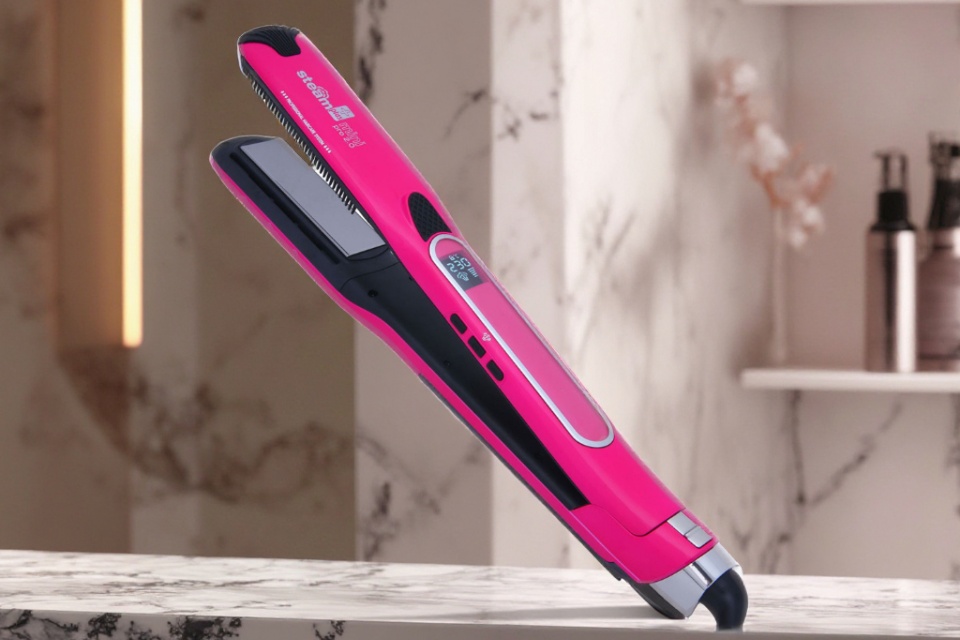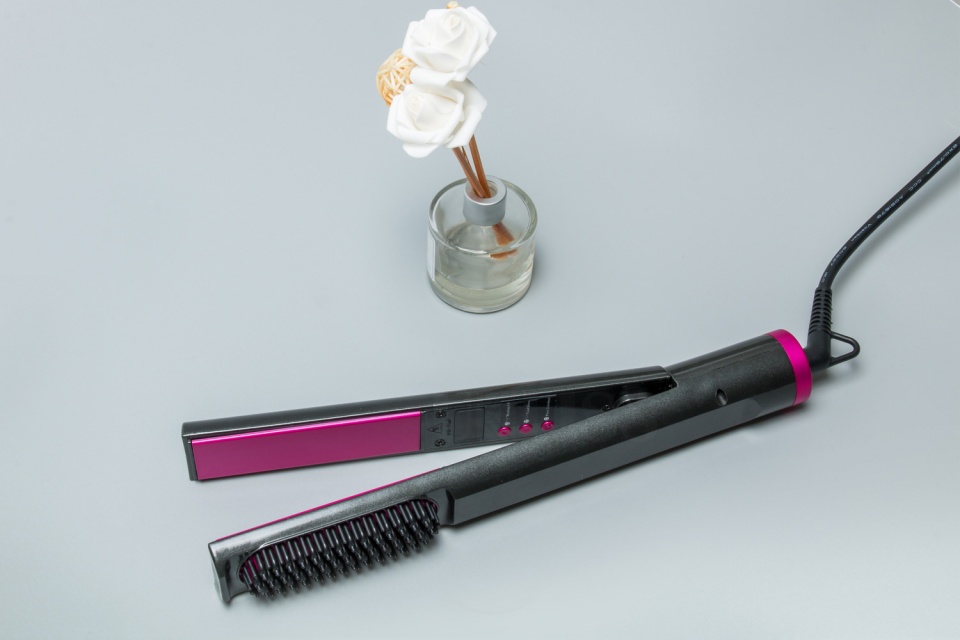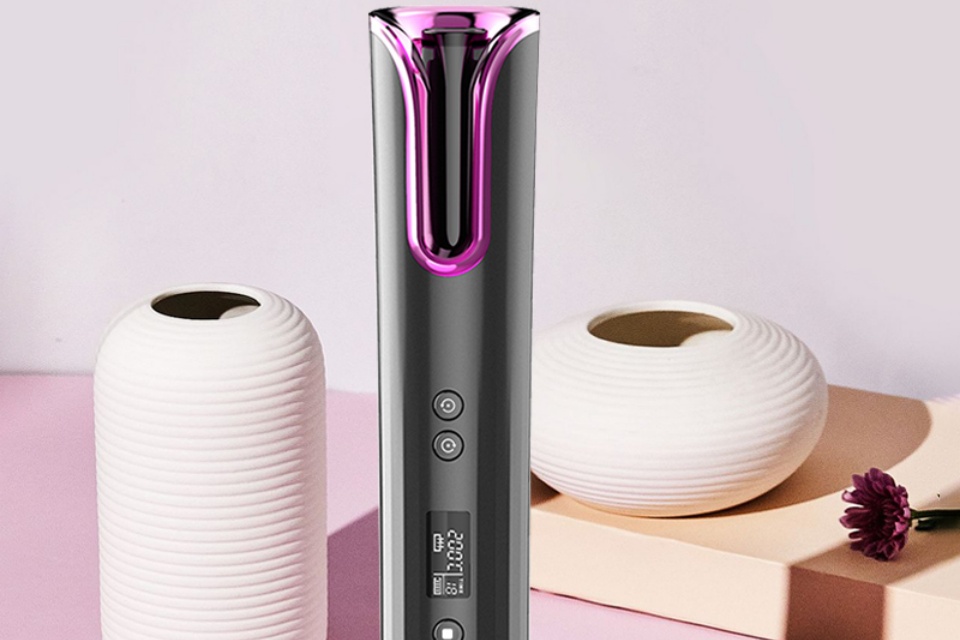Red Light Therapy Brushes For Scalp- Benefits And Evidence
Summary
Red light therapy brushes, which utilize low-level red and near-infrared light, have emerged as a popular non-invasive treatment option for promoting scalp health and enhancing hair growth. These devices are designed to stimulate hair follicles by improving mitochondrial function, increasing blood circulation, and reducing inflammation, which are key biological processes linked to hair regeneration. As concerns about hair loss and thinning hair continue to rise, particularly among individuals with androgenetic alopecia, red light therapy has gained traction as a potential remedy, attracting both consumer interest and scientific inquiry.
The notable benefits of Red light therapy brushes include their ability to enhance hair density and thickness, alleviate common scalp conditions, and improve overall skin health on the scalp. Clinical studies suggest that regular use of these devices can prolong the anagen (growth) phase of hair follicles, leading to significant increases in hair count and density over time. Additionally, the soothing effects of the therapy can help alleviate dryness, flakiness, and irritation, further contributing to healthier hair growth environments. Overall, red light therapy brushes present an appealing alternative for those seeking non-invasive solutions for hair restoration.
Despite the promising results, the efficacy of red light therapy brushes remains a subject of ongoing research and debate. While numerous studies support their potential benefits, experts caution that further rigorous clinical trials are needed to confirm these findings and assess the therapy's effectiveness across various demographics and conditions. Controversies also exist regarding the optimal parameters for treatment, including light intensity and duration, which may affect individual outcomes. Therefore, potential users are encouraged to consult healthcare professionals to discuss their specific needs and ensure safe, effective use of these devices.
In summary, red light therapy brushes represent an innovative approach to addressing hair loss and improving scalp health, combining technological advancements with therapeutic light. As research continues to evolve, these devices hold promise for individuals seeking safe and effective solutions to enhance their hair and scalp wellness, albeit with a need for continued investigation to establish definitive evidence of their efficacy.
Mechanism of Action
Red light therapy (RLT) brushes function primarily by emitting low-level red and near-infrared light, which penetrates the scalp to stimulate hair follicles. This process is believed to involve several key biological mechanisms that promote hair growth and overall scalp health.
Stimulation of Mitochondria
The core of RLT's effectiveness lies in its interaction with the mitochondria, the powerhouses of cells. When red light is absorbed by the mitochondria, it enhances their energy production by increasing the levels of adenosine triphosphate (ATP), the main energy currency of cells. This boost in energy helps facilitate various cellular processes, enabling hair follicle cells to function more efficiently and support hair growth.
Increased Blood Flow and Nutrient Delivery
RLT is also known to improve microcirculation within the scalp. The red and near-infrared light promotes angiogenesis, the formation of new blood vessels, which enhances blood flow to the hair follicles. This increased circulation ensures that essential nutrients and oxygen are delivered more effectively to the follicles, supporting their health and stimulating growth.
Reduction of Inflammation
Inflammation is a significant factor in various forms of hair loss. RLT has been shown to reduce inflammatory markers, which can alleviate oxidative stress in the scalp. By minimizing inflammation, RLT may create a more favorable environment for hair follicles, enabling dormant follicles to reactivate and promote new hair growth.
Activation of Dormant Follicles
The exposure to red light may also help awaken dormant hair follicles. This activation is crucial for individuals experiencing hair thinning or loss, as it encourages the follicles to enter the anagen (growth) phase of the hair cycle, thereby increasing hair density and volume over time. Studies suggest that this photobiomodulation can lead to significant improvements in hair density in individuals with androgenetic alopecia, demonstrating the therapy's potential for effective hair restoration.
Benefits
Red light therapy brushes are increasingly recognized for their potential benefits in promoting scalp health and enhancing hair growth. This innovative treatment utilizes specific wavelengths of red and near-infrared light to stimulate cellular activity, leading to various health improvements.
Hair Growth Enhancement
One of the most notable benefits of red light therapy brushes is their ability to promote hair growth. The application of red light has been shown to improve blood circulation to the scalp, delivering essential nutrients and oxygen to hair follicles, thereby enhancing hair density and thickness. Regular use of these devices can prolong the hair growth phase (anagen phase), allowing for stronger and longer hair strands. Studies have indicated that individuals using red light therapy experience improved hair count and reduced inflammation in the scalp, making it a safe and non-invasive alternative for those with thinning hair or androgenetic alopecia (AGA).
Skin and Scalp Health
Beyond stimulating hair growth, red light therapy brushes contribute to overall scalp health. They can alleviate common scalp issues such as dryness, flakiness, and irritation. The combination of red light and gentle massage can soothe discomfort while enhancing blood flow, promoting healthier hair follicles. Additionally, red light therapy has been noted to increase collagen production, which benefits the skin on the scalp, improving its texture and tone.
Muscle Recovery and Athletic Performance
Apart from its effects on hair and scalp, red light therapy is recognized for its role in muscle recovery and athletic performance. It can reduce muscle soreness and inflammation, helping athletes recover more quickly from strenuous exercise. Enhanced recovery rates allow individuals to train more frequently and efficiently, potentially leading to improved overall health outcomes.
Safety Profile
Red light therapy brushes are generally considered safe, with a low risk of side effects when used correctly. While some users may experience mild scalp irritation or temporary redness, these effects are usually transient and resolve quickly. The therapy does not involve harsh chemicals or invasive procedures, making it an appealing option for those seeking hair regrowth solutions without significant risks.
Evidence and Research
Research into the efficacy of red light therapy (RLT) for hair growth has garnered significant attention in recent years. Numerous studies suggest that low-level laser therapy (LLLT), which utilizes red and near-infrared light, can stimulate hair growth and improve hair density in individuals experiencing various forms of alopecia.
Clinical Studies
A systematic review of 135 non-duplicated articles resulted in the inclusion of seven randomized controlled trials (RCTs) for a meta-analysis focusing on LLLT devices. The studies encompassed a diverse patient population, including both men and women, and examined the effects of LLLT on hair density compared to sham treatments. The overall results indicated a significant increase in hair density, with a standardized mean difference (SMD) of 1.27, suggesting a favorable outcome for LLLT over placebo.
Furthermore, some studies demonstrated that hair thickness improved alongside hair growth, reinforcing the potential of RLT as an effective treatment for hair loss. One particular study noted an increase in hair growth by 35% to 51% when LLLT was administered over a 16-week period.
Mechanisms of Action
The underlying mechanisms by which RLT promotes hair growth involve enhanced cellular function at the follicular level. Research indicates that red light stimulates mitochondrial activity, leading to increased ATP production, which is crucial for cellular metabolism and regeneration.
Limitations and Future Directions
Despite these promising findings, many experts caution that the current body of research does not yet provide definitive evidence for all claimed uses of RLT. The effectiveness of RLT remains an area of ongoing study, with calls for more robust, placebo-controlled trials to confirm its efficacy across different populations and conditions. Additionally, future research may focus on comparing various LLLT devices and treatment combinations, particularly with established therapies such as minoxidil and finasteride.
Types of Red Light Therapy Brushes
Red light therapy brushes are innovative devices designed to deliver low-level light therapy (LLLT) specifically to the scalp. They combine the principles of red light therapy with the mechanical stimulation provided by brushing. These devices aim to enhance hair growth, reduce hair loss, and improve overall scalp health.
Device Variants
Several types of red light therapy brushes are available on the market, each offering unique features and benefits.
Sport Caps
Sport cap devices typically consist of a cap fitted with numerous light-emitting diodes (LEDs) or lasers. These caps are designed for hands-free use, allowing users to engage in activities while receiving therapy. The light emitted from the cap penetrates the scalp, stimulating hair follicles and promoting hair growth.
Handheld Brushes
Handheld Brushes are compact devices that combine traditional brushing with red light therapy. These brushes often feature LED lights integrated into the bristles, allowing users to directly target specific areas of the scalp. They are user-friendly and can be used at home, making them a popular choice for those seeking convenient hair growth solutions.
Helmets
Red light therapy helmets are designed to cover the entire head, providing comprehensive light exposure to the scalp. These devices usually have a higher number of diodes compared to other designs, which can enhance the effectiveness of the treatment. Helmets often allow for more extensive coverage, ensuring that light reaches all areas of the scalp.
Efficacy and Considerations
While the effectiveness of red light therapy brushes varies among users, studies have shown promising results in promoting hair growth and improving scalp health. Factors such as light intensity, wavelength, and treatment duration play significant roles in determining outcomes. Most effective therapies utilize wavelengths in the range of 620 to 678 nanometers, optimizing the penetration of light into the scalp.
It's important for users to understand the dosage of light required for optimal results. Generally, therapeutic doses range from 0.1 J/cm² to 6 J/cm², although some studies indicate that higher doses may yield additional benefits. Therefore, users are encouraged to familiarize themselves with their devices' specifications to maximize their potential benefits.
Usage Guidelines
Red light therapy (RLT) brushes are designed to enhance scalp health and promote hair growth through specific application techniques and adherence to recommended usage protocols. Proper use of these devices is crucial for achieving optimal results while minimizing the risk of side effects.
Recommended Frequency and Duration
For effective treatment, it is generally recommended to use RLT brushes 3 to 5 times per week. Each session should last between 10 to 30 minutes, depending on the device's specifications and individual treatment needs. Research indicates that consistency in treatment frequency is key to observing improvements in hair density and thickness.
Device Placement and Preparation
Before using the RLT brush, it is important to prepare the scalp appropriately. Users should wash their hair and scalp to remove any dirt or oil that could block the light penetration. The scalp must be completely dry before commencing treatment to ensure effective light absorption. When positioning the device, it should be placed over the scalp to cover the treatment area evenly, following the manufacturer's guidelines regarding placement.
Safety Precautions
While RLT brushes are generally considered safe, some precautions should be observed. Protective eyewear is recommended to shield the eyes from the bright light emitted by the device, as prolonged exposure may cause harm. Users should also be mindful of potential side effects, such as mild scalp irritation or temporary redness, which are usually mild and transient. It is advisable to avoid using hair products before treatment, as they may obstruct the light's effectiveness.
Dosing Considerations
To achieve the most effective results, users should pay attention to the power density of their RLT device. The appropriate dose can be calculated using the formula: Power Density (in mW/cm²) x Time (in minutes) = Dose (in J/cm²). For general maintenance, doses between 1 and 60 J/cm² are often recommended, depending on the treatment goals. Following these dosing protocols can help maximize the therapeutic effects of red light therapy on the scalp.
Patient Experiences
Treatment Duration and Frequency
Many patients report that the effectiveness of red light therapy (RLT) brushes for scalp treatment often requires a commitment of time. Typically, individuals may need to engage in sessions two to five times weekly, each lasting between 10 to 20 minutes, before observing noticeable results. This extended duration can be seen as a drawback, as many users express that it may take several months of consistent use to achieve desired outcomes.
Safety and Side Effects
Most patients experience minimal side effects, which are generally temporary and mild. Commonly reported side effects include scalp irritation and redness, but these are not severe and typically resolve quickly. Notably, clinical studies have indicated that RLT is non-invasive and does not lead to serious adverse effects such as severe pain or allergic reactions. This positive safety profile is reassuring for new users considering treatment options.
Effectiveness and Evidence
The effectiveness of RLT brushes remains a topic of debate among users and experts alike. While some patients share positive testimonials regarding hair growth and scalp health improvements, many experts emphasize that further research is needed to substantiate these claims fully. Current studies show potential benefits for certain conditions, but they also highlight the necessity for more rigorous randomized controlled trials to draw definitive conclusions. This emerging nature of the therapy means that user experiences may vary widely, reflecting the individualized nature of treatment responses.
Professional Guidance
Patients are encouraged to consult healthcare professionals before commencing RLT treatments. This advice stems from the recommendation that users should discuss their specific goals and any potential risks with a medical expert to ensure a safe and effective experience. Adherence to usage guidelines, including wearing sunscreen and maintaining skin hydration, is also frequently advised to enhance results and mitigate any risks.
 English
English Español
Español Português
Português Pусский
Pусский Français
Français Deutsch
Deutsch 日本語
日本語 한국어
한국어 Italiano
Italiano عربى
عربى


